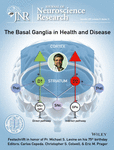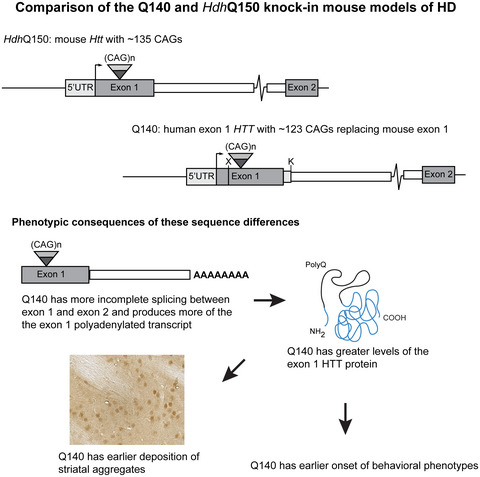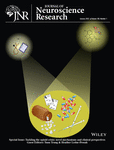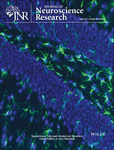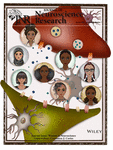Journal list menu
Export Citations
Download PDFs
ISSUE INFORMATION
INTRODUCTION
Michael S. Levine: Research pioneer of basal ganglia function and dysfunction. A small tribute on the occasion of his 75th birthday anniversary
- Pages: 1487-1490
- First Published: 15 October 2019
BASAL GANGLIA CONNECTIVITY AND NORMAL FUNCTION
Cortical and thalamic inputs exert cell type-specific feedforward inhibition on striatal GABAergic interneurons
- Pages: 1491-1502
- First Published: 17 May 2019
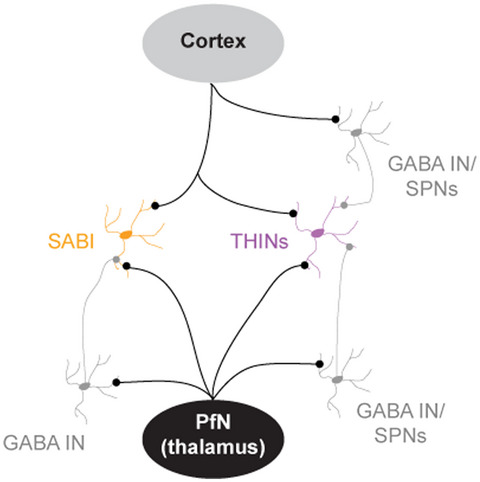
Cortical stimulation evokes monosynaptic excitation of THINs and SABIs. In addition, this stimulation evokes disynaptic inhibitory responses only in THINs, probably through the activation of an as yet unidentified GABAergic interneuron or SPNs. Similarly, thalamic stimulation of the PfN evokes monosynaptic excitation of THINs and SABIs. In this case, the excitatory response is accompanied by inhibitory polysynaptic responses in both THINs and SABIs.
Compartmental function and modulation of the striatum
- Pages: 1503-1514
- First Published: 05 September 2019
Neuroepigenetics of arousal: Gamma oscillations in the pedunculopontine nucleus
- Pages: 1515-1520
- First Published: 27 March 2019
Basal ganglia involvement in the playfulness of juvenile rats
- Pages: 1521-1527
- First Published: 04 June 2019
DOPAMINE AND GLUTAMATE
Translating striatal activity from brain slice to whole animal neurophysiology: A guide for neuroscience research integrating diverse levels of analysis
- Pages: 1528-1545
- First Published: 30 June 2019
Age-dependent effects of dopamine receptor inactivation on cocaine-induced behaviors in male rats: Evidence of dorsal striatal D2 receptor supersensitivity
- Pages: 1546-1558
- First Published: 15 July 2019
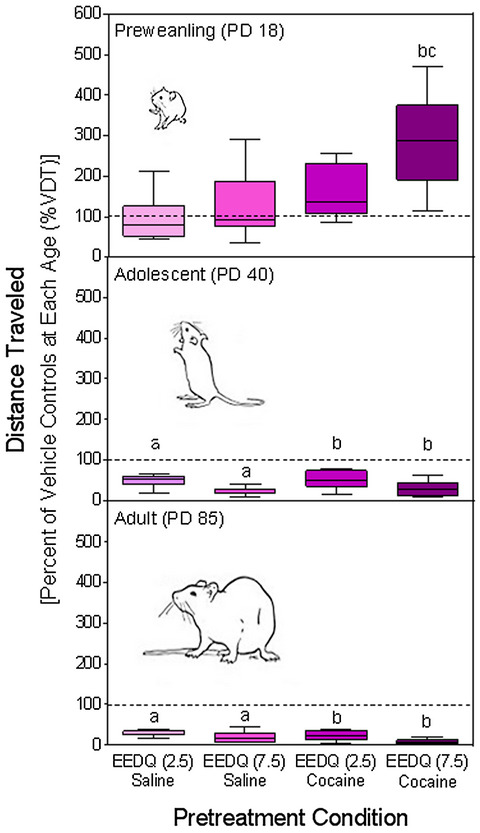
EEDQ augments the cocaine-induced locomotor activity of preweanling rats, while attenuating the locomotion of adolescent and adult rats. In the present study, we used NPA-stimulated GTPγS receptor binding, and GRK6 and ARRB2 expressions to test the hypothesis that D2 receptor supersensitivity is responsible for this age-dependent effect.
Corticostriatal plasticity in the nucleus accumbens core
- Pages: 1559-1578
- First Published: 12 July 2019
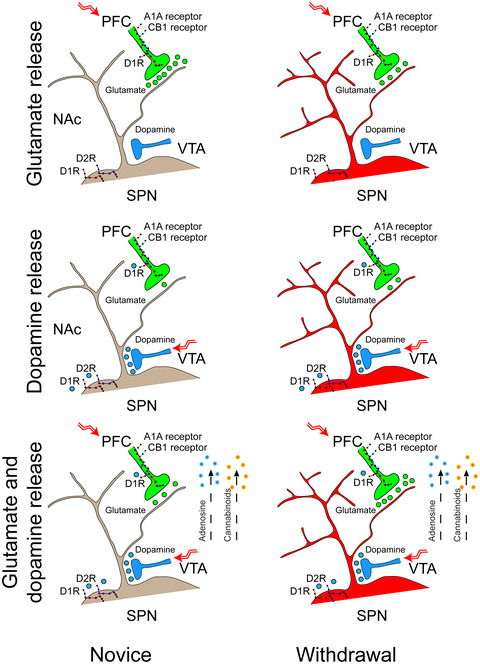
Small changes in striatal glutamate and dopamine establish goal-directed behaviors, while large changes underlie many neuropsychological disorders. We identify long-lasting but reversible changes along the corticoaccumbal pathway that occur following repeated amphetamine. This synaptic plasticity corresponds with behaviors in mice and may encode motor learning, habit formation, and dependence.
Differential mitochondrial morphology in ventral striatal projection neuron subtypes
- Pages: 1579-1589
- First Published: 07 August 2019
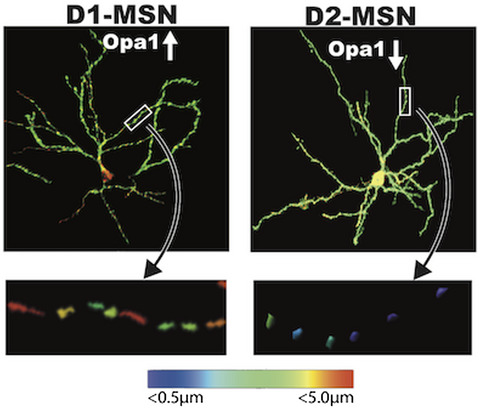
Nucleus accumbens D1-MSN vs. D2-MSN dendrites display differential mitochondrial lengths, with smaller mitochondria occurring in D2-MSN dendrites. This differential size in mitochondria is potentially mediated through the mitochondrial fusion molecules, Opa1, which is differentially enriched in these two neuron subtypes.
HUNTINGTON'S DISEASE
Phenotype onset in Huntington’s disease knock-in mice is correlated with the incomplete splicing of the mutant huntingtin gene
- Pages: 1590-1605
- First Published: 07 July 2019
Circadian dysfunction in the Q175 model of Huntington's disease: Network analysis
- Pages: 1606-1623
- First Published: 29 July 2019
Developmental origins of cortical hyperexcitability in Huntington's disease: Review and new observations
- Pages: 1624-1635
- First Published: 28 July 2019
Dysfunctional striatal dopamine signaling in Huntington's disease
- Pages: 1636-1654
- First Published: 15 July 2019
Corticostriatal synaptic plasticity alterations in the R6/1 transgenic mouse model of Huntington's disease
- Pages: 1655-1664
- First Published: 09 September 2019
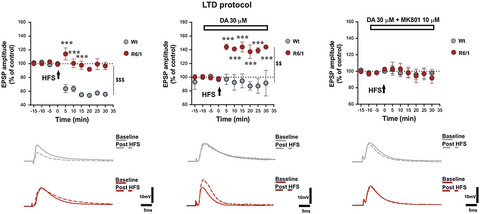
Experimental models of Huntington's disease (HD), a genetic neurodegenerative condition characterized by abnormal dopamine (DA)–glutamate interactions and hyperkinesia, show alterations in synaptic plasticity in multiple brain areas. Using an in vitro patch-clamp and intracellular recordings of corticostriatal slices from R6/1 mice, we tested the hypothesis that corticostriatal long-term depression (LTD), a well-conserved synaptic scaling down response to environmental stimuli, is altered in striatal spiny projection neurons (SPNs) of symptomatic R6/1 mice, a HD model with gradual development of symptoms. Our results show that, similar to other models characterized by hyperkinesia and striatal DA receptor pathway dysregulations, both synaptic depotentiation and activity-dependent LTD are impaired in SPNs of mutant mice. Bath application of DA induced an abnormal response of D1 receptors that caused a shift in synaptic plasticity direction resulting in an N-Methyl-d-Aspartate (NMDA)-dependent LTP, in an experimental condition in which NMDA receptors are not recruited in wild-type mice, confirming the role of aberrant DA–glutamate interactions in the defective synaptic scaling down responses associated with HD symptoms.
Do BDNF and NT-4/5 exert synergistic or occlusive effects on corticostriatal transmission in a male mouse model of Huntington's disease?
- Pages: 1665-1677
- First Published: 07 August 2019

NT-4/5 antagonizes the effect of BDNF on corticostriatal transmission, while BDNF exhibits a synergic action on the NT-4/5 amplitude increase of the synaptic spike in slices from a toxic model of HD in male mice. The antagonistic or synergistic effect depends on the activation of the TrkB-T1 or TrkB-FL respectively.
PARKINSON'S DISEASE AND OTHER NEURODEGENERATIVE DISORDERS
Aberrant features of in vivo striatal dynamics in Parkinson's disease
- Pages: 1678-1688
- First Published: 09 September 2019
Enhanced mitochondrial inhibition by 3,4-dihydroxyphenyl-acetaldehyde (DOPAL)-oligomerized α-synuclein
- Pages: 1689-1705
- First Published: 16 August 2019
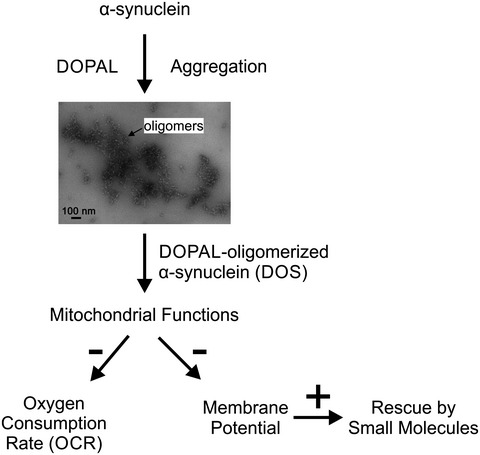
Oligomeric forms of α-synuclein are believed to cause neurotoxicity in Parkinson's disease (PD) in part by causing mitochondrial injury. The dopamine metabolite, 3,4-dihydroxyphenyl-acetaldehyde (DOPAL), oligomerized α-synuclein (DOS), which inhibited (−) brain mitochondrial functions including oxygen consumption rate (OCR) and membrane potential. Four unrelated small molecules rescued (+) DOS-induced mitochondrial inhibition.
Effects of sleep disruption on stress, nigrostriatal markers, and behavior in a chronic/progressive MPTP male mouse model of parkinsonism
- Pages: 1706-1719
- First Published: 18 September 2019
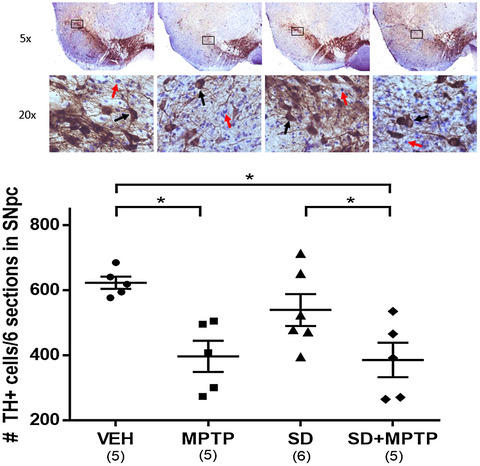
TH+/dopamine cell counts of the SNpc showed a 36% decrease (p = 0.0036) and a 38% decrease (p = 0.0021) in both the MPTP and SD+MPTP groups compared to the VEH and SD groups, respectively. Photos of TH− labeled SNpc from each treatment group are shown above the graph at 5× and 20× magnification (black arrows point to TH-ir SNpc neurons and red arrows point to Cresyl Violet SNpc neurons).
Physiological aging at striatal synapses
- Pages: 1720-1727
- First Published: 24 June 2019
Dementia associated with disorders of the basal ganglia
- Pages: 1728-1741
- First Published: 07 August 2019
COMMENTARIES
Reflections on my longtime friendship with Mike Levine
- Pages: 1742-1743
- First Published: 15 October 2019
Happy birthday to Mike—75 years young!
- Pages: 1744-1745
- First Published: 15 October 2019
The pathophysiology of Michael Levine
- Pages: 1746-1747
- First Published: 15 October 2019




